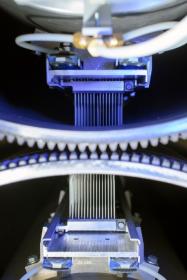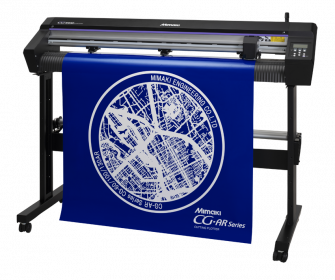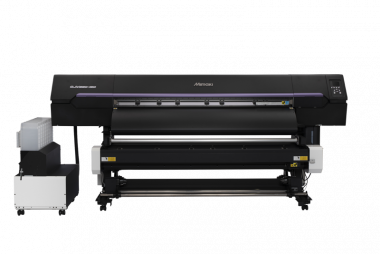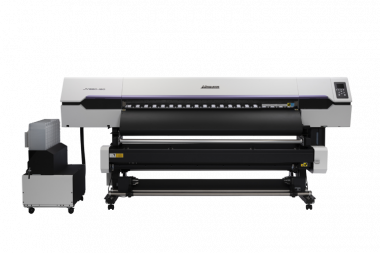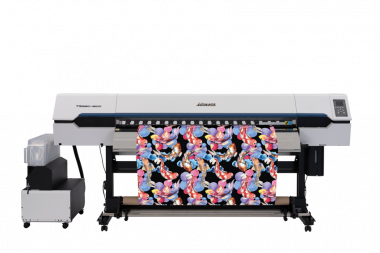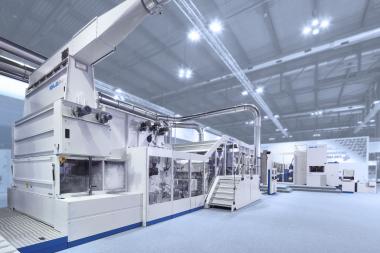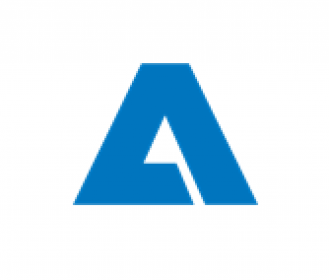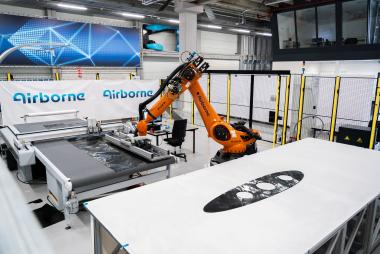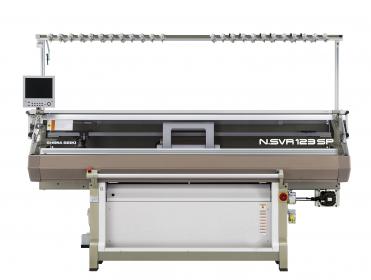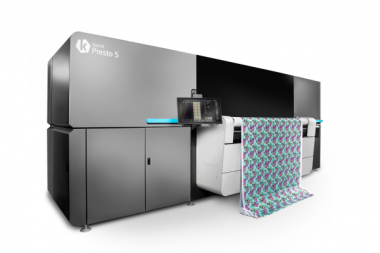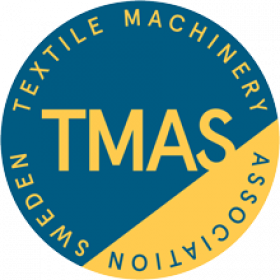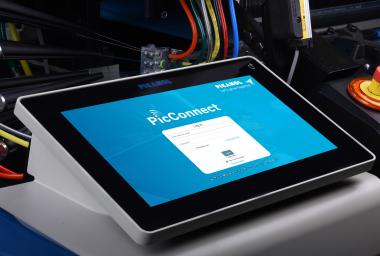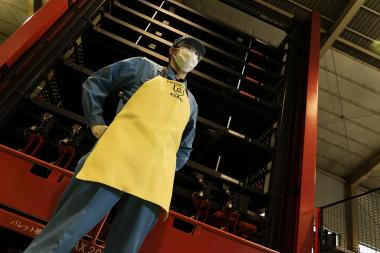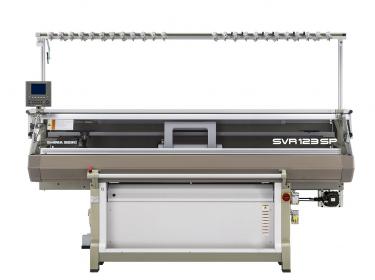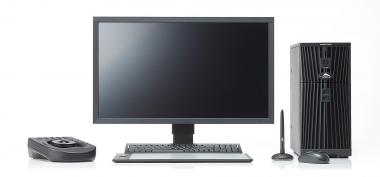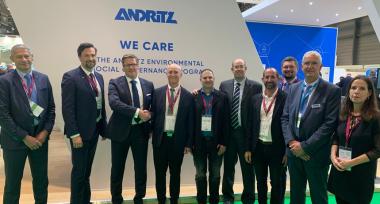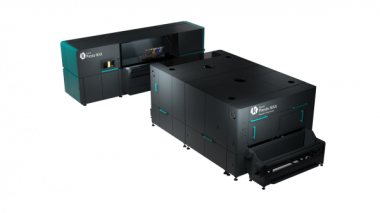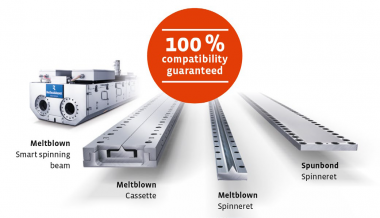ANDRITZ at JEC World 2022
International technology group ANDRITZ will be presenting its special-purpose machines for needlepunch production (including its portfolio for carbon applications) at JEC World 2022 in Paris, France, from May 3 to 5.
Experience and Know-How
ANDRITZ designs, develops, and engineers special-purpose machines for very specific and sensitive applications, like aerospace, railway, and military needs. Therefore, it can provide the market with customized machines offering perfect solutions, whether they are needed for prototypes or for industrial production.
Skilled Engineers
In increasingly demanding markets, the skilled ANDRITZ engineers and technicians help customers get the most out of their investments. The variety of cases they face every day enables them to optimize both output and quality depending on the fibers used, the challenge, and the customer’s final application.
Carbon Expertise
Experience with conductive fibers enables ANDRITZ to overcome challenges and provide access to new product developments. The company’s expertise lies in textile know-how as well as a deep understanding of related constraints. It includes carded/crosslapped processes for nonwovens made from recycled carbon fibers, which can be delivered in rolls or die-cut shapes.
Unconventional Needling for End-Uses
ANDRITZ addresses customers’ challenges by offering solutions and expertise in terms of straight and multi-axial needling, enabling the consolidation of fibers on flat or non-flat surfaces (such as rounded shapes) and even of layers up to 350 mm thick. New developments are made possible thanks to the outstanding ANDRITZ testing facility.
Support and Development
The ANDRITZ needlepunch technical center in Elbeuf, France, is open to visitors. Innovative strength and adaptability are the characteristics that make ANDRITZ the preferred partner in the search for genuine, efficient, and reliable solutions in the interests of productivity and premium, state-of-the-art consolidation. Secrecy being key in such sensitive development work, ANDRITZ naturally always guarantees the utmost confidentiality.
ANDRITZ AG


